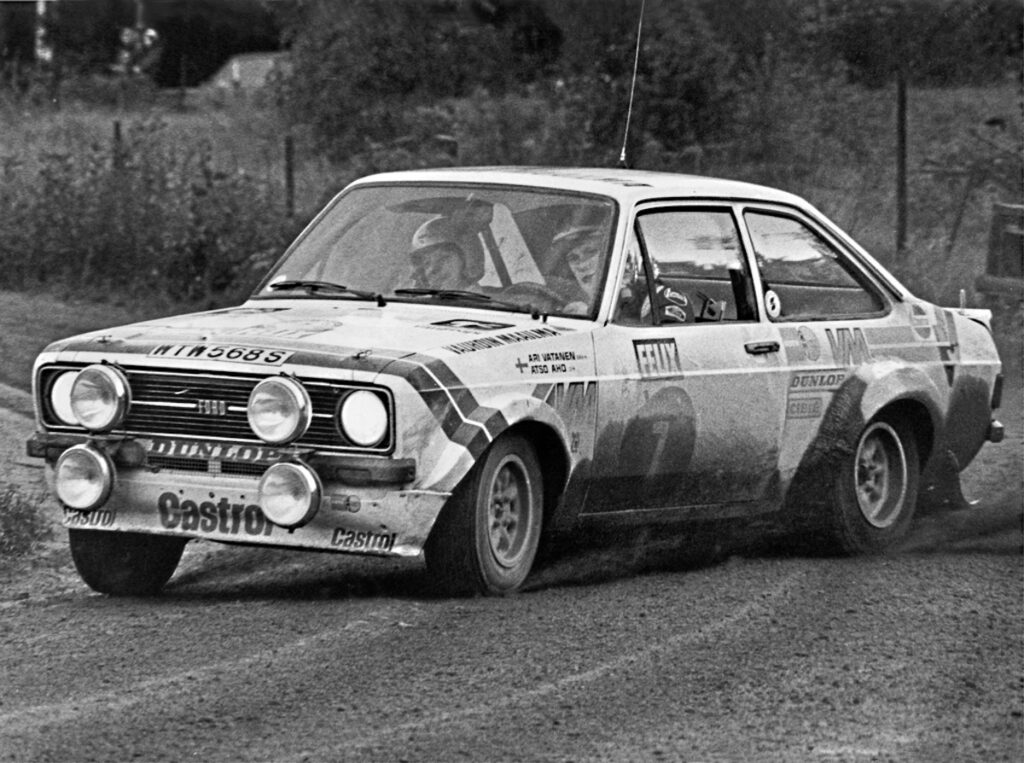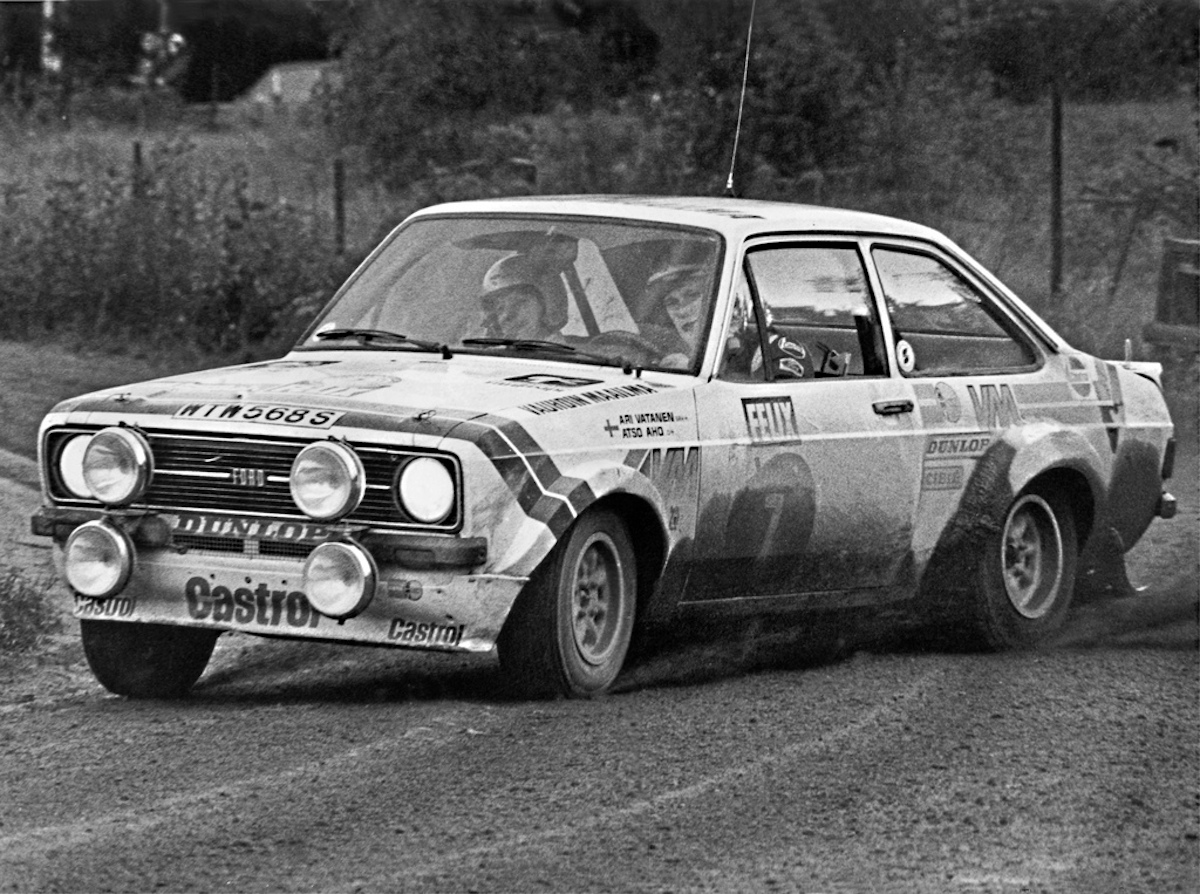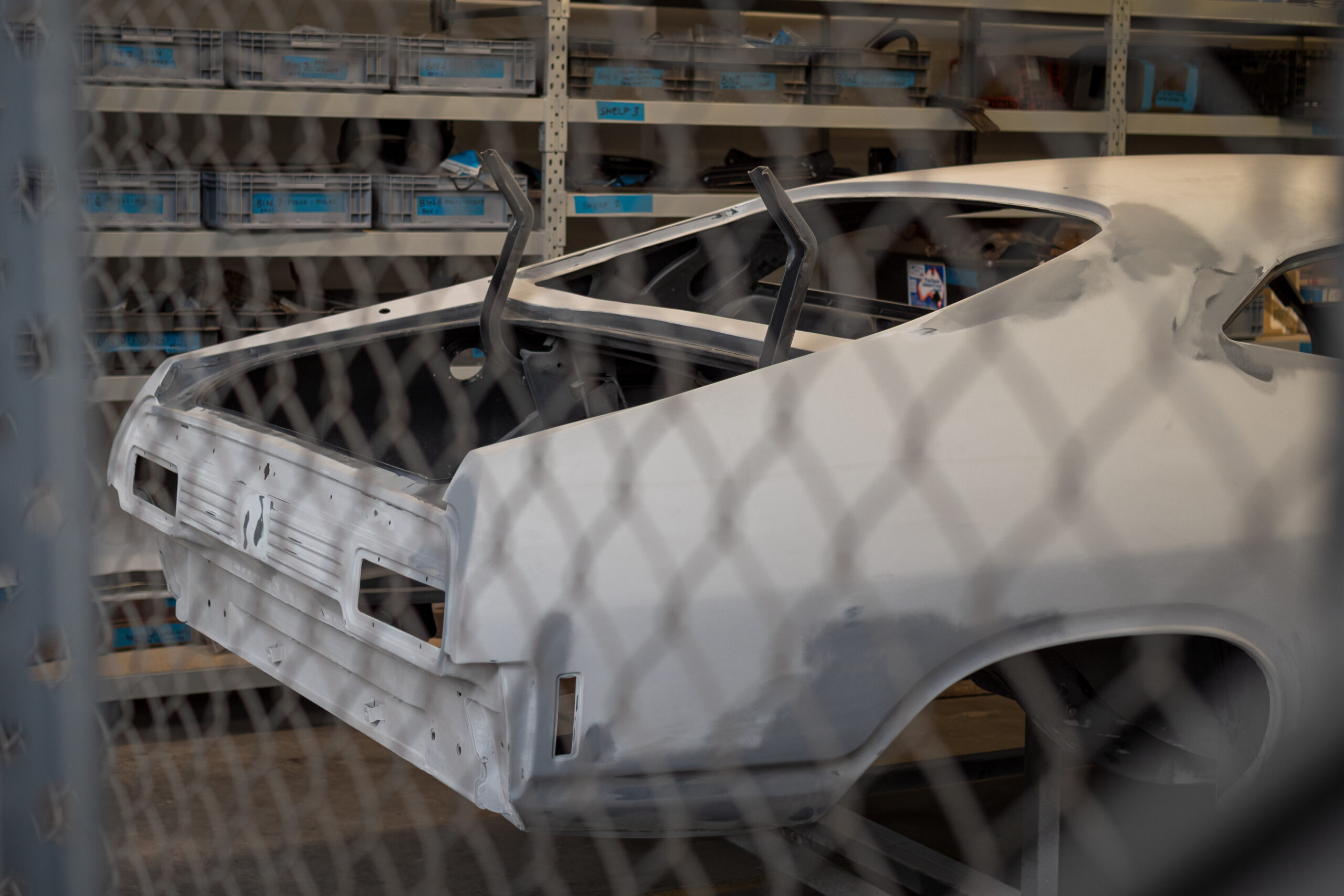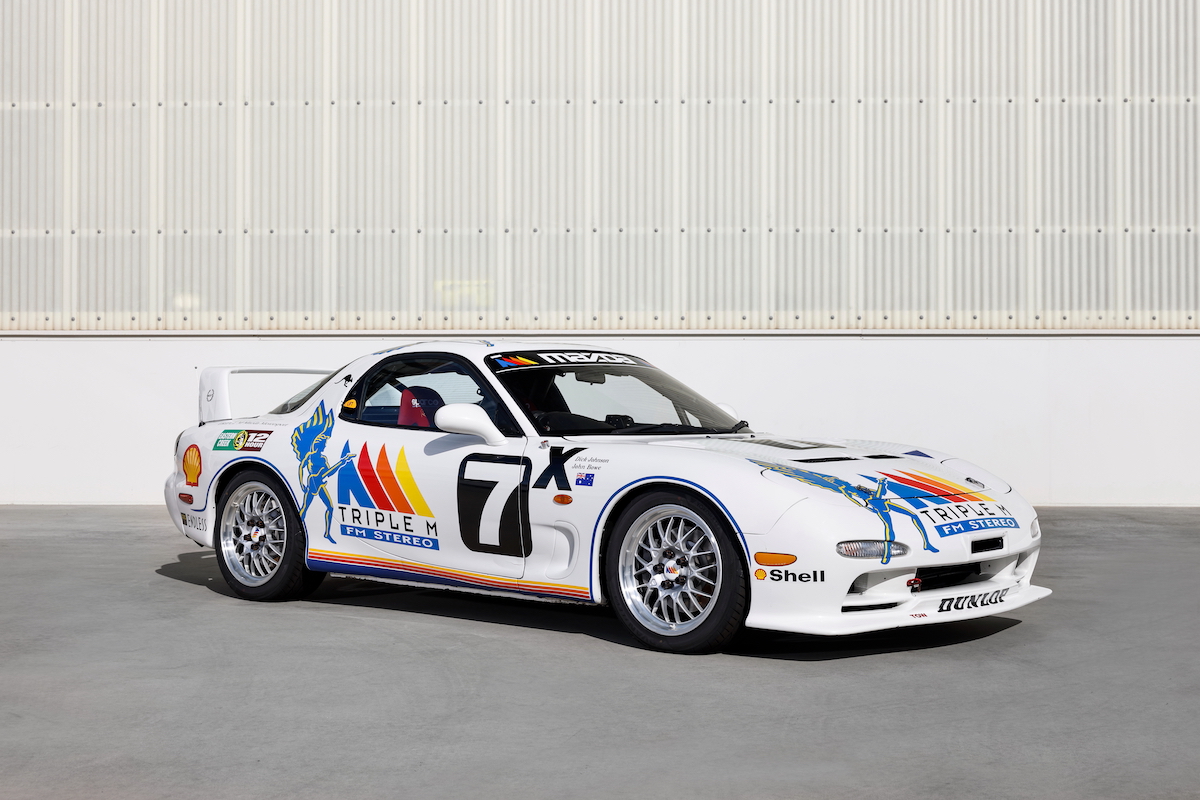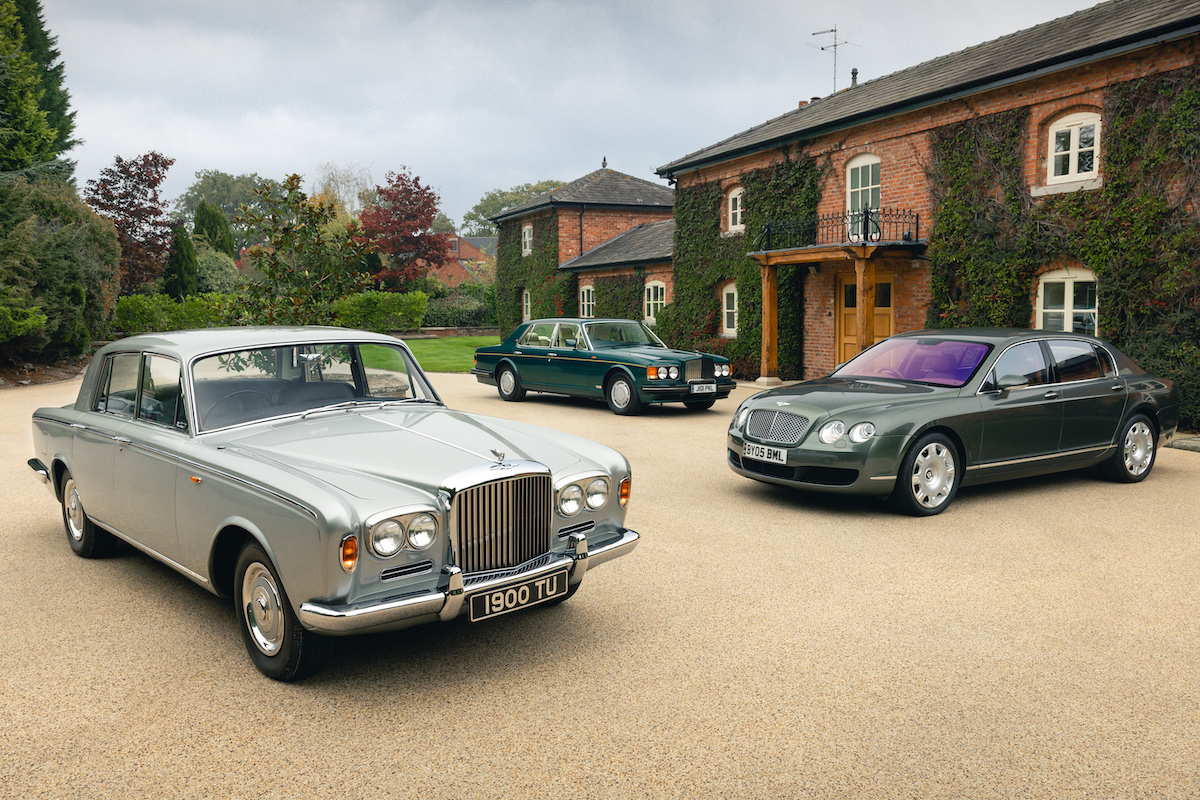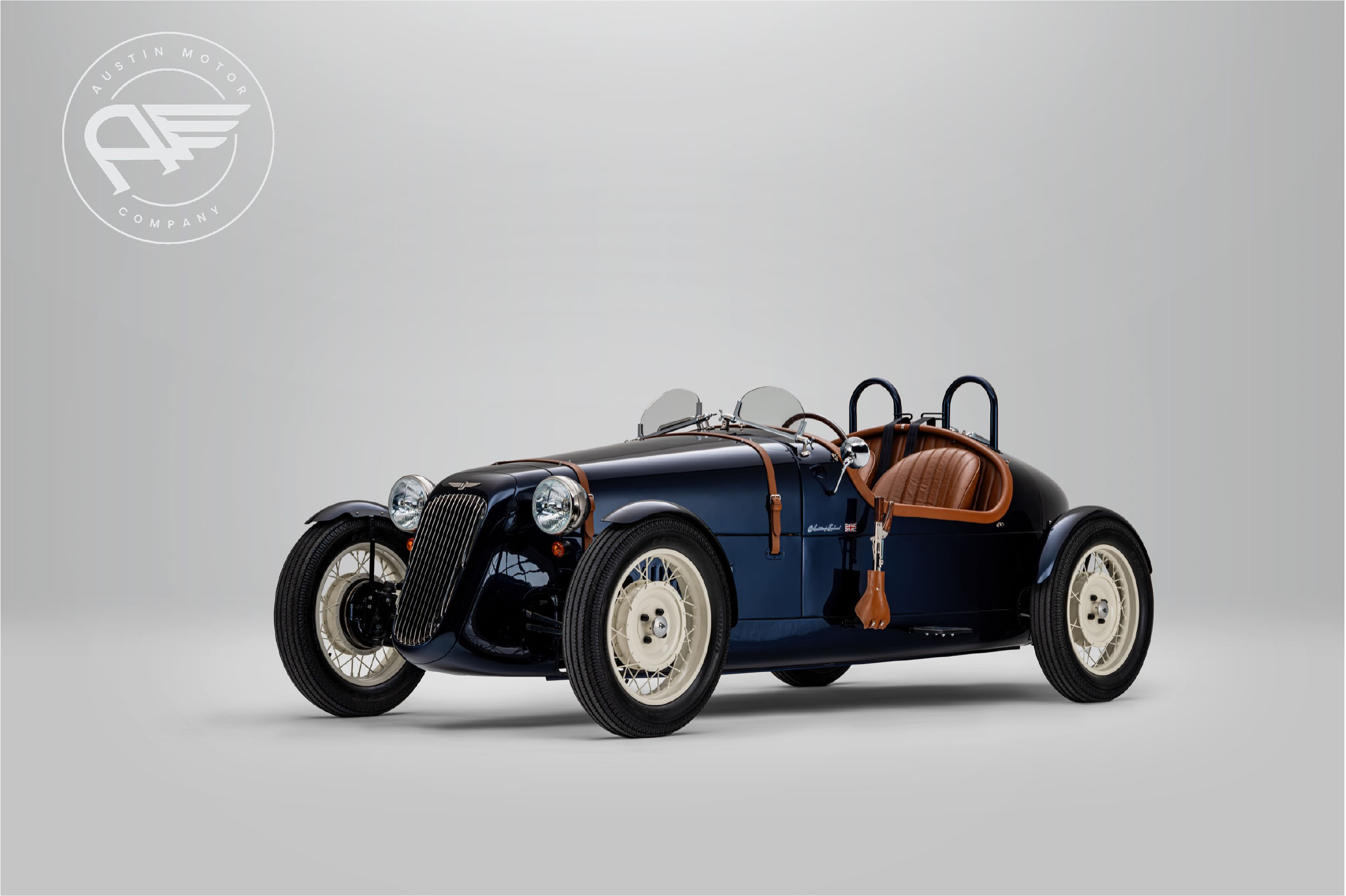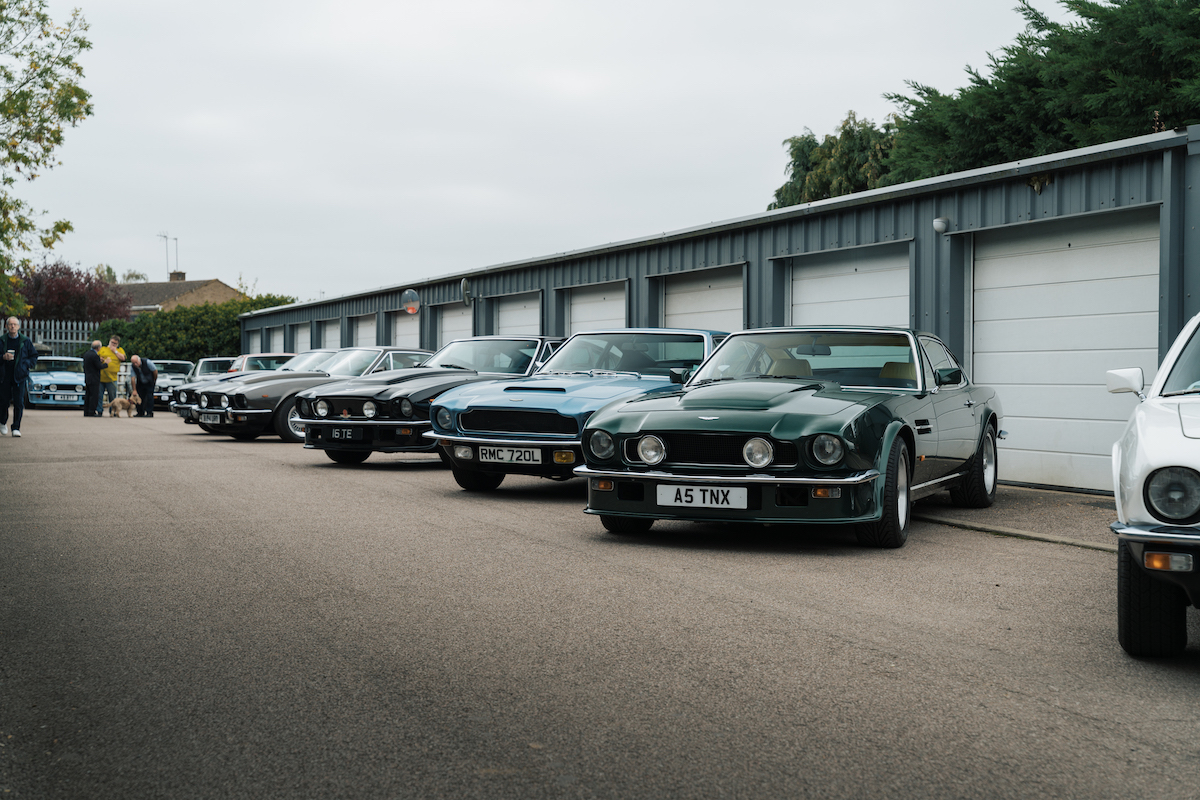Cliff Chambers has a long association with rallying, from spending frosty mornings watching cars barrel down Canberra’s notorious ‘Mineshaft’ to managing Subaru’s Championship-winning team in the 1980s. This is part three of 10 in this series where he takes a look back at the cars that have been most influential in the sport.
Compact and inoffensive small cars can grow into giants of the rallying world, as clearly demonstrated by Ford’s giant-killing Escort.
Launched in 1968, the Mark I Escort had been developed to replace the ‘105E’ series Ford Anglia – itself a good entry-level rally car.
The new compact Ford was lighter than the Lotus Cortina which had served since 1963 as Ford’s front-line competition car, and considerably faster when fitted with the same 1558cc ‘Twin Cam’ engine.
The Twin Cam’s most significant test came in 1970 when it was tasked with winning the London-Mexico World Cup Rally against some of the world’s best cars and drivers. After 8000km of arduous competition, Ford’s Escort proved its worth by claiming first and third positions.
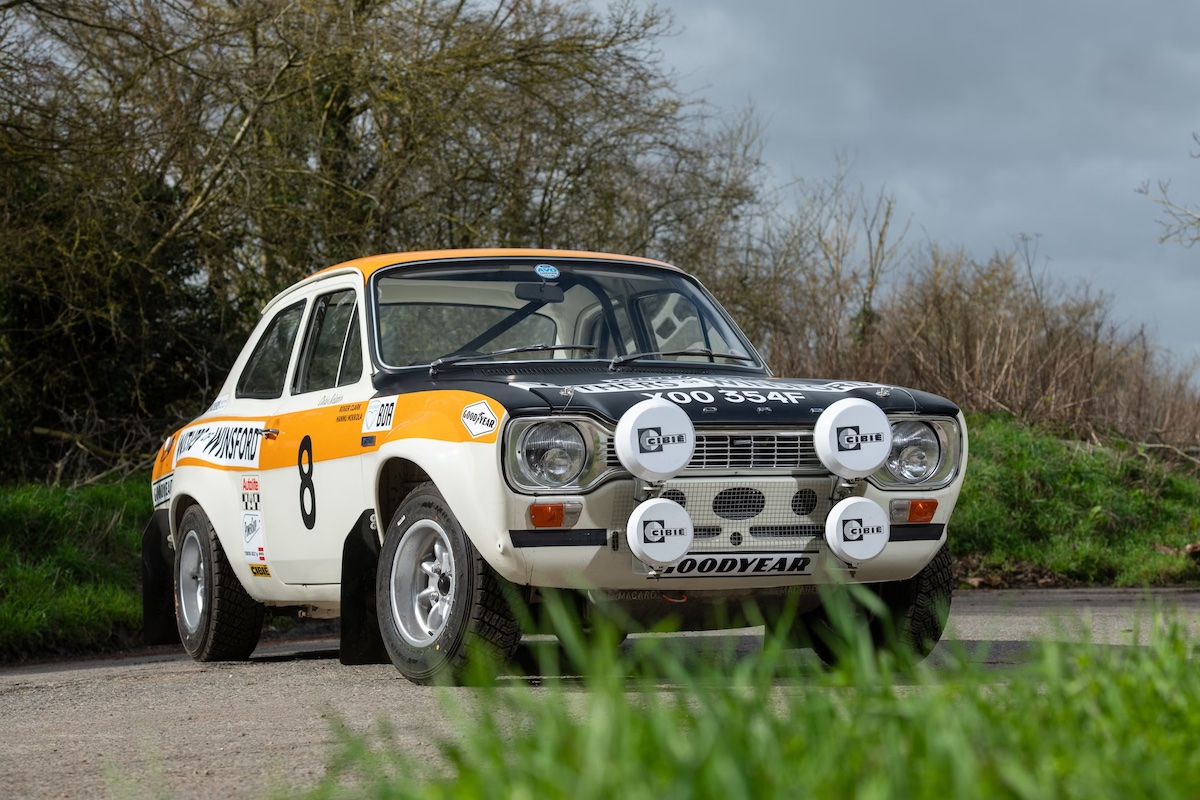
Mark II Escorts arrived in 1975 and included was a competition RS1800 version. With broad rubber belts driving their overhead camshafts, these cars were designated ‘BDA’, for ‘Belt Driven A Series’.
BDA Escorts would, until the early 1980s, enjoy immense success on loose and paved rally surfaces. In Australia, factory-backed cars were pedaled by the likes of Colin Bond and Greg Carr, while in Europe they were driven by some of world’s most talented rallyists.
These European champions included Ari Vatanen who in 1981, driving a privately-funded RS1800, became the first non-factory driver to win a World Driver’s Championship.
Want to know more about the history of automotive rallying? Click here to find out.

